Big Question
How can the worlds biggest transportation company connect with its small business customers?
CLIENT
Fedex - Small Business Unit
ROLE
Project Lead
TEAMMATES
Chelsea Vandiver, Lisa Boumstein-Smalley, Katie Silver
Project Context
FedEx is the biggest transportation and logistics company in the world and it heavily relies on the support of small and medium sized businesses. Facing a recent dip in small business engagement, FedEx was looking for ways to better serve those customers by revamping and redefining their small business loyalty program.
Phase One: Research and Ethnography
Qualitative studyWe talked to small business owners and operators through 22 deep dive empathy interviews to understand how FedEx and the business rewards program fit into their current operations and where they hoped to go.
Getting feedback early onAs part of the process, I like to test early concepts with users when starting ethnography with a more data-centric client. This helps us move forward in concepting quickly, while putting structure around qualitative interviews that can be shown to clients as data.
A majority of small businesses were not able to fully take advantage of or didn’t understand the “overly complex” existing rewards program
while internal sales teams were spending their time as technical customer service agents or creating promotional campaigns that struggled to align business KPIs with actual customer needs.
What We Heard
Defining the Building Blocks of LoyaltyPreviously, the rewards system was based solely on points and redeeming those points for rewards. The next generation was to focus on rewarding both monetary spend, as well as behaviors and sustained engagement. By adding Perks and Services into the program, we are able to create a more effective and enticing reason to keep choosing FedEx.
We developed a simple way to validate and iterate on new or existing offerings based on what small business customers were directly asking for. The key pillars are based on benefitting the business itself, offering a bit of fun, and making it simple to understand and activate. This poster is now hanging in the FedEx Headquarters as a constant reminder of the customer needs.
Phase Two: Concept Development
Quantiative Testing
We followed up with a quantitative study of around 300 respondents asking them to rank and respond to a selection of 12 concepts developed after the first round of research, seen above. This was conducted using Kano Methodology and allowed up to quickly rank and prioritize potential offerings.
Detailed concept & feature testingIn phase two of research, we tested larger concepts and supporting features with our users. Some of these would be tools and digital services, others could be physical perks and benefits such as advisory meetings and small business assistance.
Participant Quote
“All the discounts and perks should go back to the business and the bottom line to help do things better and more efficiently.”
Participant Quote
“If I have to train someone else to use this, no one’s going to do it, it’s too much and we already have too much stuff to do to begin with.”
The New Loyalty Program
The final redesigned program consisted of 6 Core benefits spread out between redeemable Rewards, tiered Perks, and enhanced Services. The benefits intentionally balance digital touch points for things like discounts and optimizations with real life perks and human connection.
The redesigned program shifted away from reward accrual and towards building loyalty by highlighting 6 Core Benefits (while still rewarding continued participation)
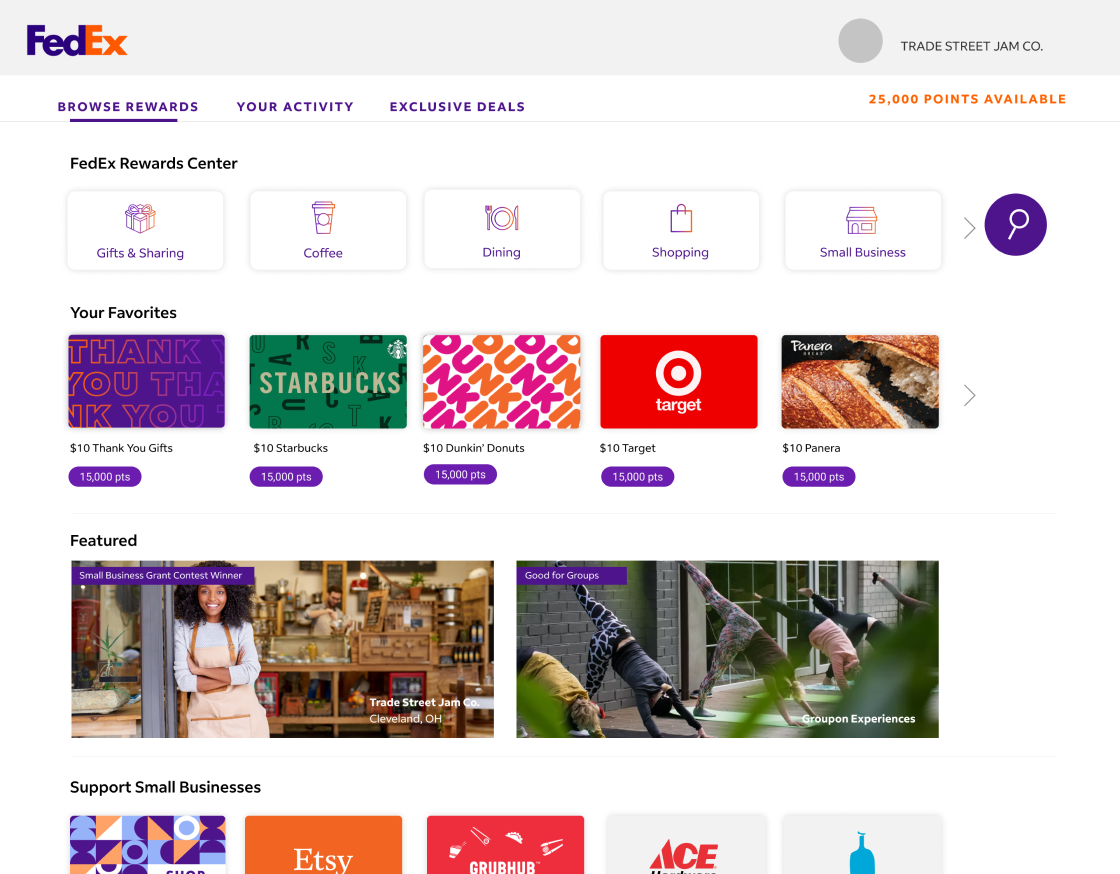
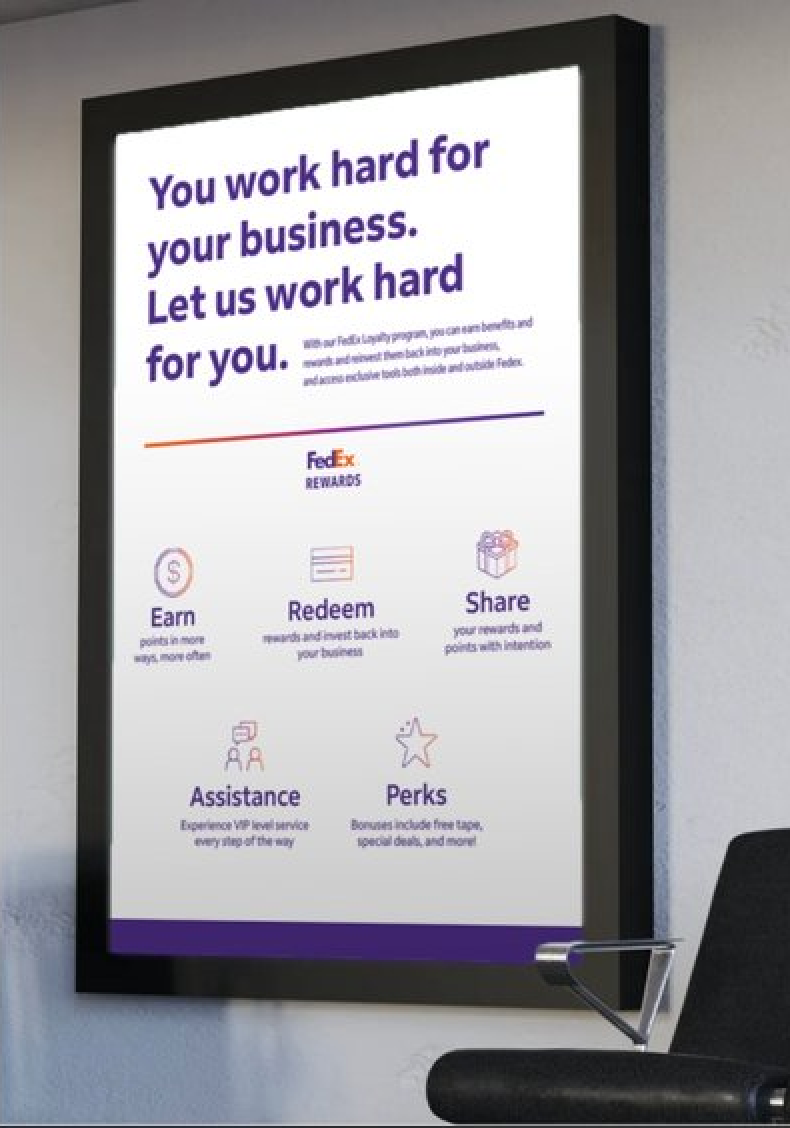
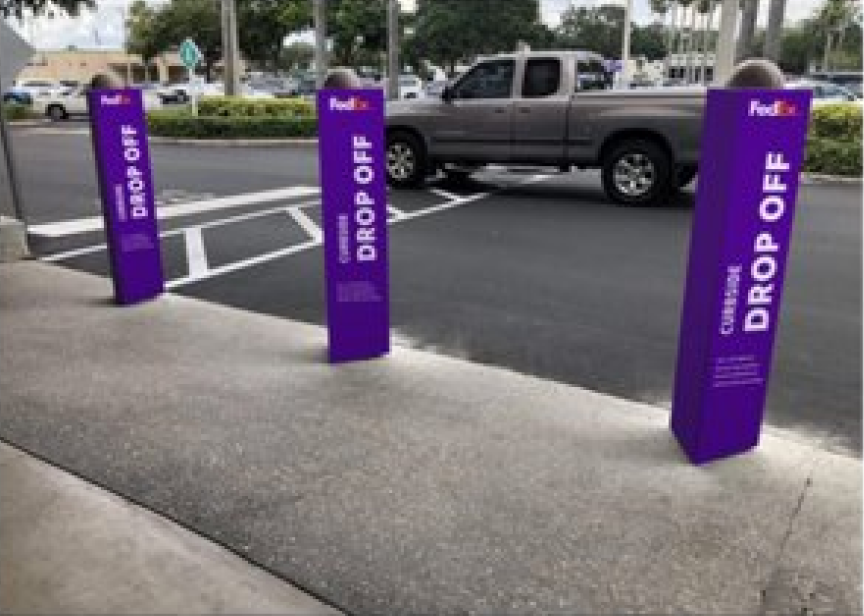
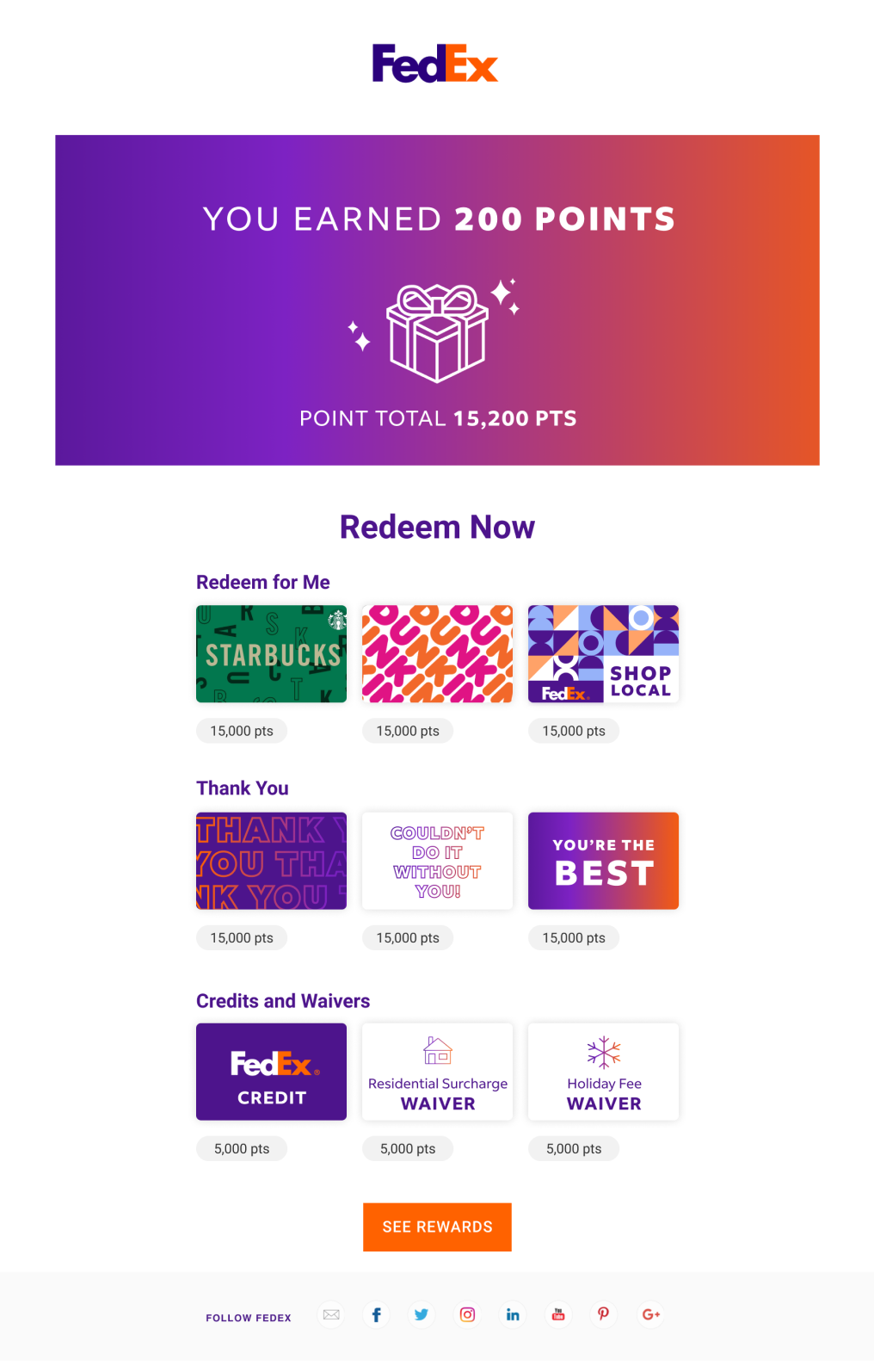
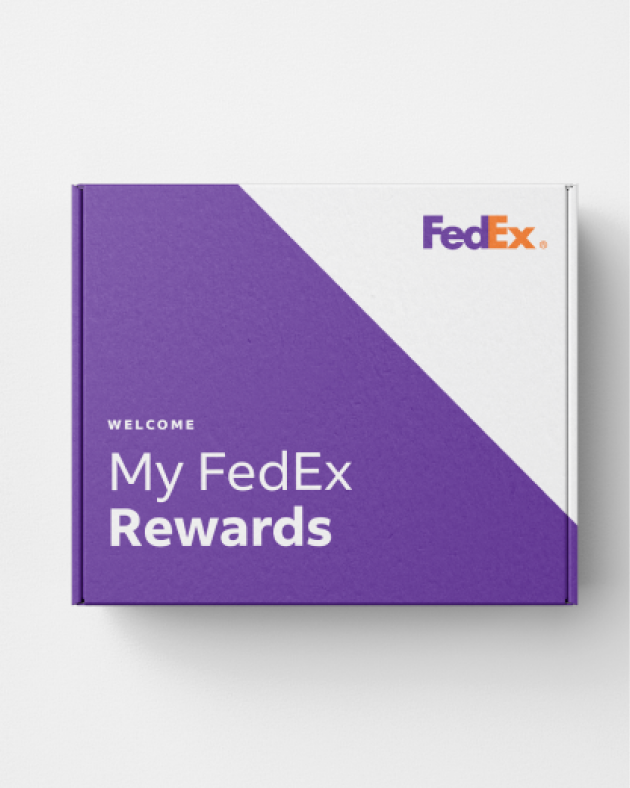

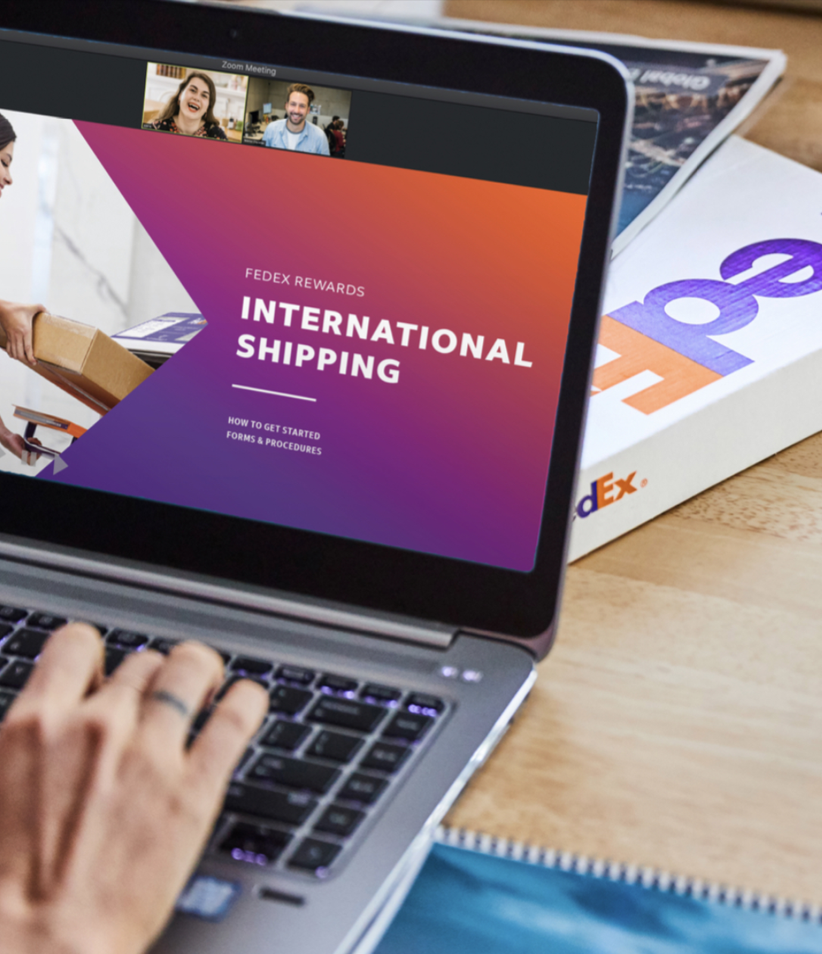
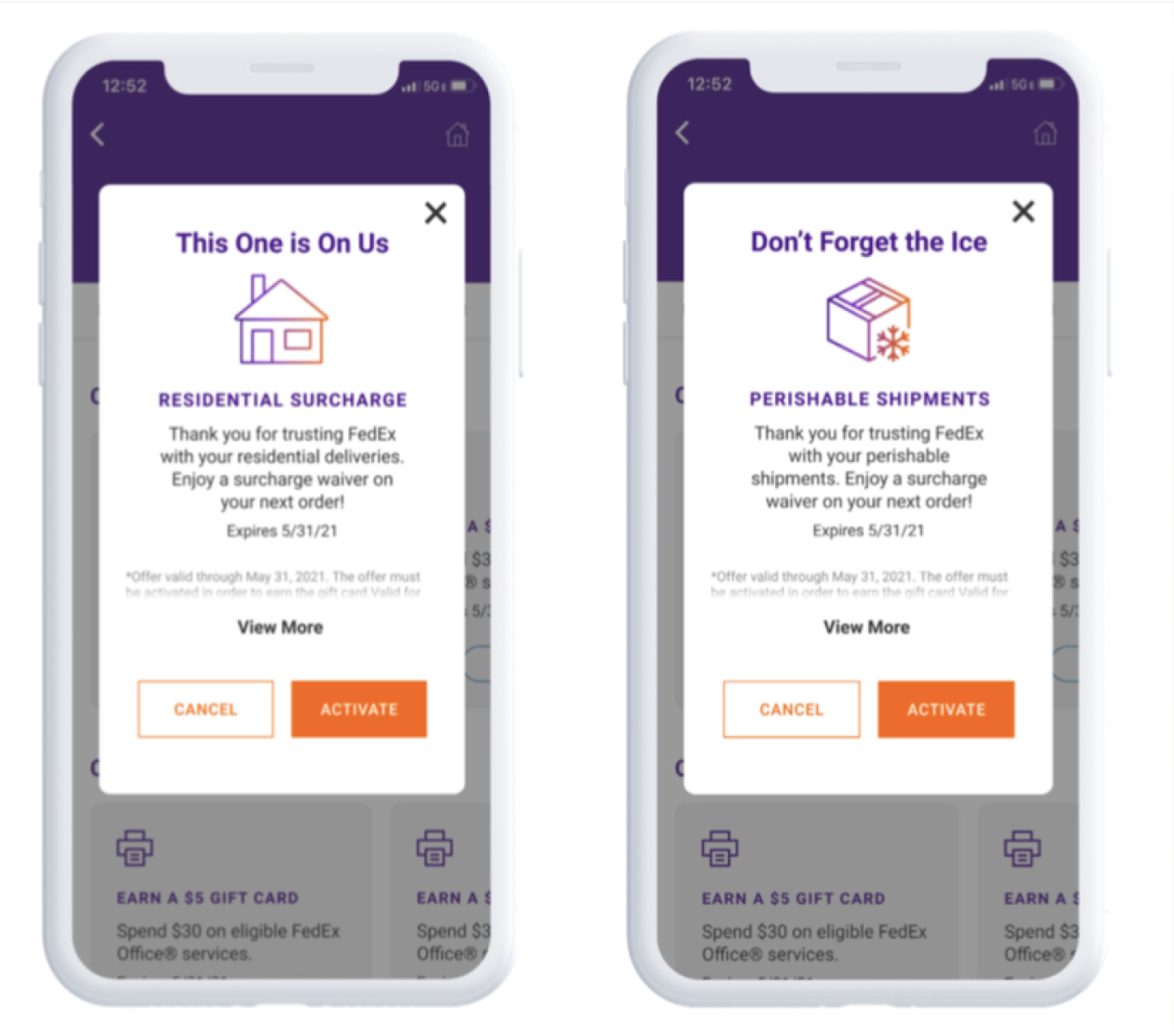
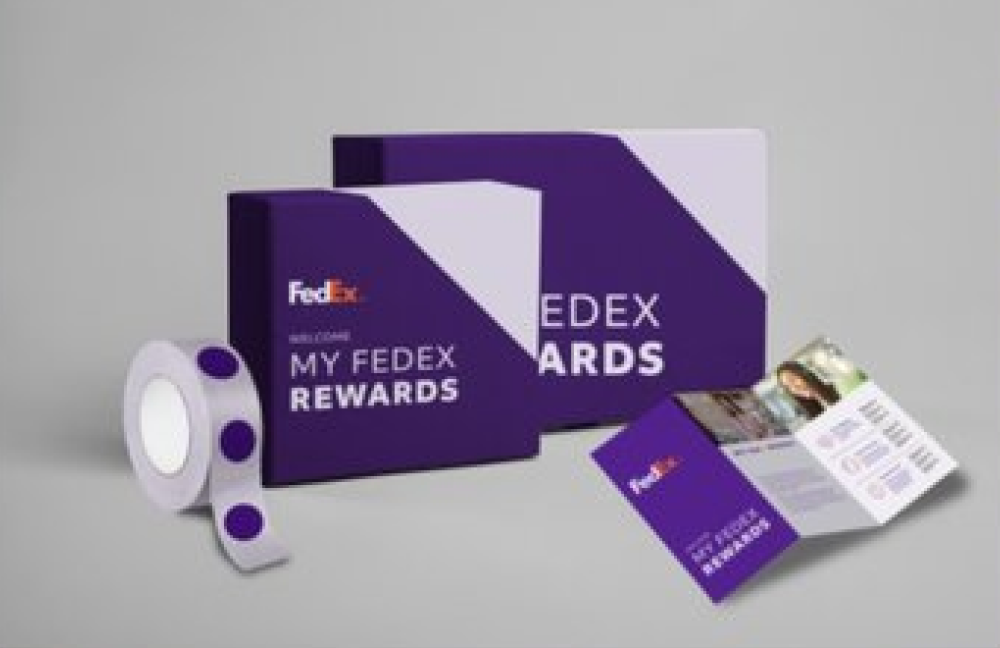
“We threw a lot of curveballs at you but your energetic, can-do attitude was a driving force in the success of the project. Your ability to draw keen understanding from our customers and balance that against business needs was brilliant.”
Wade Stack, MyFedEx Rewards Lead




